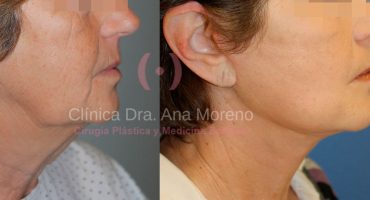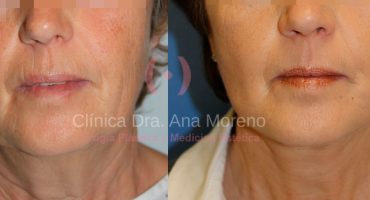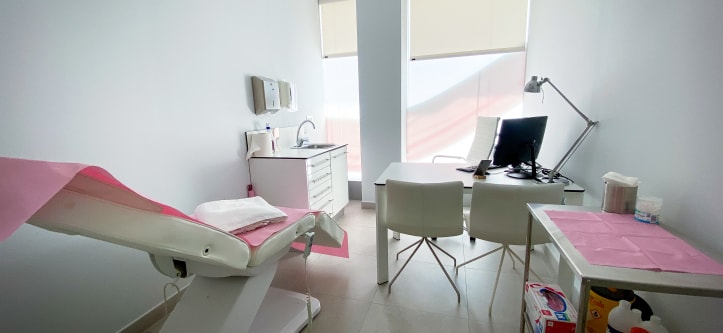The face lift is a procedure that tenses the facial and cervical skin, with the aim of reducing creases and wrinkles. The bone structure of the face, the muscles, and the skin texture can suffer over the course of time. Additionally, there are also hereditary factors, diet, stress, extensive sun exposure, etc. which can all have a substantial effect on the ageing of the face.
A rhytidectomy is commonly used to treat the skin on the neck and cheeks, but on occasions it can correct wrinkles on the forehead and drooping brows. Eyelid surgery is often carried out with a rhytidectomy.
The operation can be performed with general or local anaesthetic, or sedation, depending on each specific case (minor or more extensive surgery, personal preferences of the patient, etc.).



